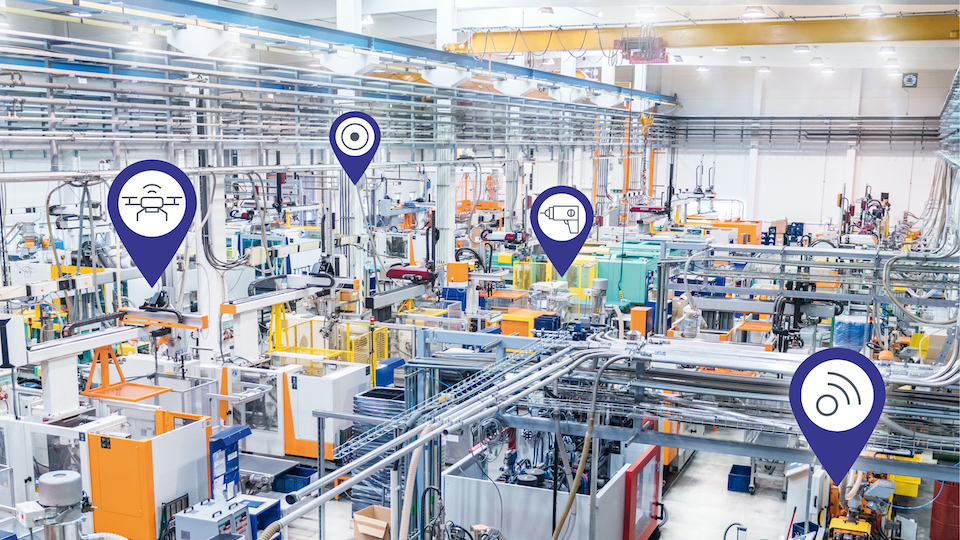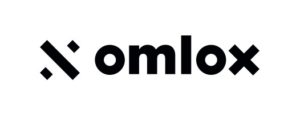 omlox, the world’s only open and manufacturer-independent tracking standard, has now been released in version 2.0. omlox is also establishing itself as the primary data source for location-based data, both in the industrial field and beyond. Thanks to cooperation with other associations, like the OPC Foundation and the Industrial Digital Twin Association (IDTA), the vision of PI (PROFIBUS & PROFINET International) to standardize transparent data exchange along the value-creation chain is another step closer to reality.
omlox, the world’s only open and manufacturer-independent tracking standard, has now been released in version 2.0. omlox is also establishing itself as the primary data source for location-based data, both in the industrial field and beyond. Thanks to cooperation with other associations, like the OPC Foundation and the Industrial Digital Twin Association (IDTA), the vision of PI (PROFIBUS & PROFINET International) to standardize transparent data exchange along the value-creation chain is another step closer to reality.
 With omlox, products from different manufacturers can be networked together in an open infrastructure to meet tracking requirements for the first time thanks to ultra-wide band technology. Version 2.0 now also includes support for IEEE 802.15.4z in the UWB range. This is another milestone in the technological development of omlox, as it makes the standard compatible with the UWB chips used in the smartphone industry.
With omlox, products from different manufacturers can be networked together in an open infrastructure to meet tracking requirements for the first time thanks to ultra-wide band technology. Version 2.0 now also includes support for IEEE 802.15.4z in the UWB range. This is another milestone in the technological development of omlox, as it makes the standard compatible with the UWB chips used in the smartphone industry.
The omlox hub then links a wide variety of different tracking technologies with one another. This enables manufacturer-independent tracking of all moving objects (e. g. load carriers, spare parts and tools) in closed rooms, on company grounds and during transport. With version 2.0, omlox will simplify integration into existing IIOT scenarios using MQTT. The orchestration of different tracking technologies is also simplified using a specified control mechanism.
At the same time, the omlox community has begun several cooperation projects for anchoring omlox as a primary data source for tracking data within the industrial associations and standards. Working together with the OPC Foundation, the global positioning companion specification is also being developed. This harmonizes the tracking descriptions in the various different OPC companion specifications, which enables data from omlox systems to be used more easily within OPC.
Another cooperative effort was recently kicked off with the Industrial Digital Twin Association (IDTA). The aim here is to develop a shared component model for the administration shell for asset location. With this, standardized location-based data would be available through the administration shell and could be used in Industry 4.0 solutions.
